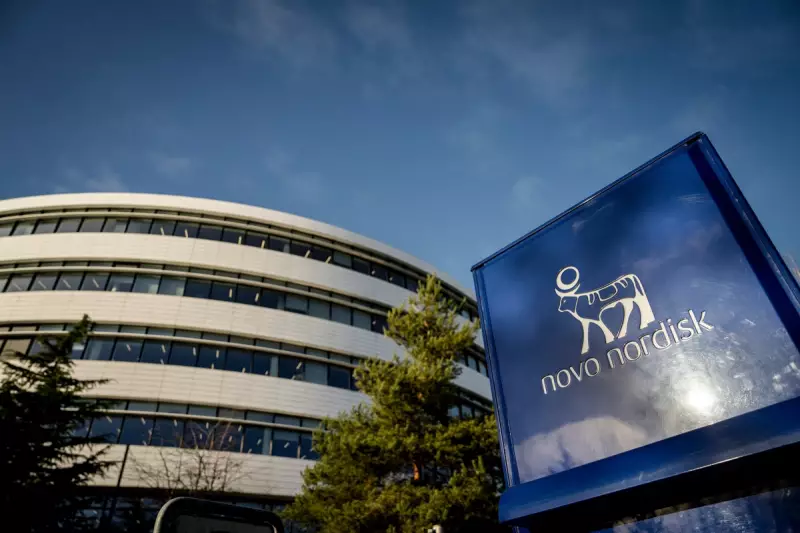
A growing healthcare crisis is unfolding across Native American communities as diabetes medications become increasingly scarce, with wealthy individuals seeking weight loss treatments blamed for creating dangerous shortages.
The situation has become particularly dire for indigenous populations who suffer from diabetes at disproportionately high rates. Medical professionals report that drugs like Ozempic and similar GLP-1 receptor agonists are becoming nearly impossible to source for their most vulnerable patients.
The Weight Loss Phenomenon Creating Medical Shortages
These crucial diabetes medications have gained celebrity status as off-label weight loss solutions, creating unprecedented demand. Wealthy patients in cities like New York are reportedly paying substantial sums to obtain prescriptions primarily for cosmetic weight loss purposes.
This trend is having devastating consequences for diabetic patients who rely on these medications to manage their condition effectively. Healthcare providers serving indigenous communities describe the situation as increasingly desperate.
Indigenous Communities Bear the Brunt
Native Americans experience diabetes rates significantly higher than the national average, making reliable access to these medications a matter of life and death. The shortage threatens to reverse decades of progress in diabetes management within these communities.
One healthcare professional working with tribal communities expressed frustration: "We're watching our patients' health deteriorate because medications they've depended on for years have suddenly become luxury items for the wealthy."
Pharmaceutical Response Under Scrutiny
Manufacturer Novo Nordisk, which produces Ozempic, has struggled to meet the explosive demand. While the company has implemented measures to prioritise supply for diabetic patients, these efforts appear insufficient to address the scale of the problem.
The situation highlights broader issues within pharmaceutical distribution systems and raises questions about medication access equity. As one tribal health director noted: "When life-saving medications become status symbols, we have to examine what this says about our healthcare priorities as a society."
Healthcare advocates are calling for more robust systems to ensure that essential medications reach the patients who need them most, rather than those who can simply pay the highest price.





